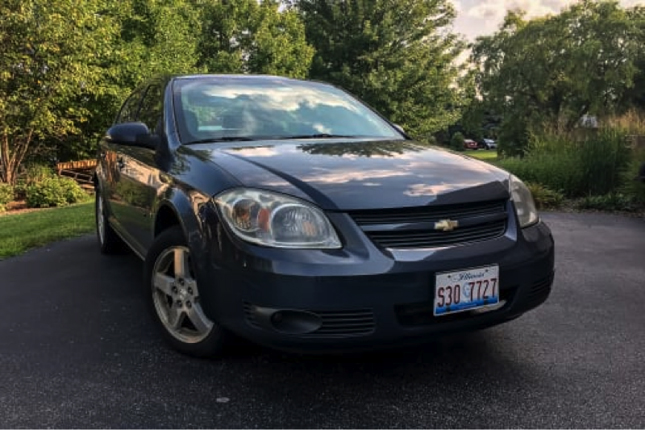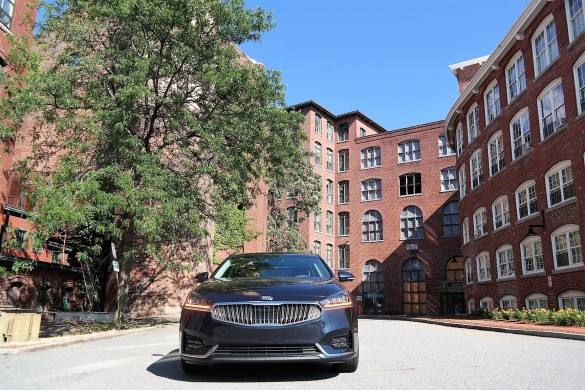This is a sponsored post on behalf of Cars.com
Having a new car is great. Buying a car and the process? Not always so fun. I had the same car for nearly 10 years, and just last month had to say goodbye. It truly felt like I was saying farewell to apart of me. Cleaning her out, finding so many memories (Disneyland parking passes, concert tickets). While I survived the transition of getting a new vehicle, I wish I had been aware of cars.com.
Cars.com not only connects you with local car dealers and sells vehicles, but, they offer a plethora of information for us drivers. Since my last car was given to me, getting my new one was indeed a daunting task. On cars.com, they offer videos, reviews and tips for first time buyers. I could spend hours on their website now as I learn tips and hacks (who knew premium gas isn’t the best for everybody?!). These 6 really stood out for me for fellow first time car buyers:
1. Improper Tire Inflation Causes Damage
Overinflating your tires causes wear and reduced traction, while underinflating them can damage your wheels. Keeping your tires at the optimal pounds per square inch is important, and waiting until they start to visibly bulge will not cut it. Check your tires with a pressure gauge frequently, even if your car has a tire pressure monitoring system.
To find out what psi is right for your car’s tires, consult the manual or the sticker on the driver-side doorjamb that displays vehicle weight restriction and tire information. Do not inflate to the number on the tire wall — that’s the maximum psi, which is far higher than what’s optimal.
While you’re checking and filling your tires, check your spare tire, too. Be aware that the spare tire in your trunk isn’t actually a spare — it’s a temporary tire that’s only meant to get you safely home or to a shop. It should have a higher psi than your other tires.

(2008 Chevrolet Cobalt Cars.com photos by Emily Daniel)
2. Your Owner’s Manual Is Meant to Be Read
In the first year of owning my first car, I only cracked the manual once, and only because I had a warning light that needed explanation. Nobody expects you to read the manual cover to cover, but you do need to skim it and take note of the recommendations it makes for maintenance. For instance, it’ll tell you what type of fuel and oil to use as well as how often you should get routine service such as tire rotations and fluid changes.
I could’ve saved myself a lot of Google searches by reading my car’s manual as soon as I got it. It contains tons of info that first-time car owners can benefit from as they learn their way around the vehicle.
It seems like everything has a healthier alternative these days. Do you like white rice? Well, brown rice is better for you. Yogurt? Greek is better. With all the healthy-alternative-facts out there, it’s easy to assume there’s a better version of gasoline that will make your car run better for longer.
![cars.comsearchlogo[1]](https://thatsitla.com/wp-content/uploads/2017/09/cars.comsearchlogo1.png)
3. Using Premium Gas Won’t Make Your Car Run Better
Many young drivers like me have experienced the pull toward premium, but in reality, using premium gasoline in an engine that recommends regular does not provide any significant boost in acceleration or fuel economy.
Some high-performance vehicles require or recommend premium gas, but unless that’s the case with yours, you’re better off saving the money and reaching for good ol’ regular unleaded.
Although I have been a driver on these roads for over 10 years now, I am so glad to have discovered cars.com and you can bet that I have already bookmarked their website!











1 comment
Have to admit it I am one of those who uses premium gas, thinking it would make my car faster. Thanks for mentioning it. It would save me a lot of $.